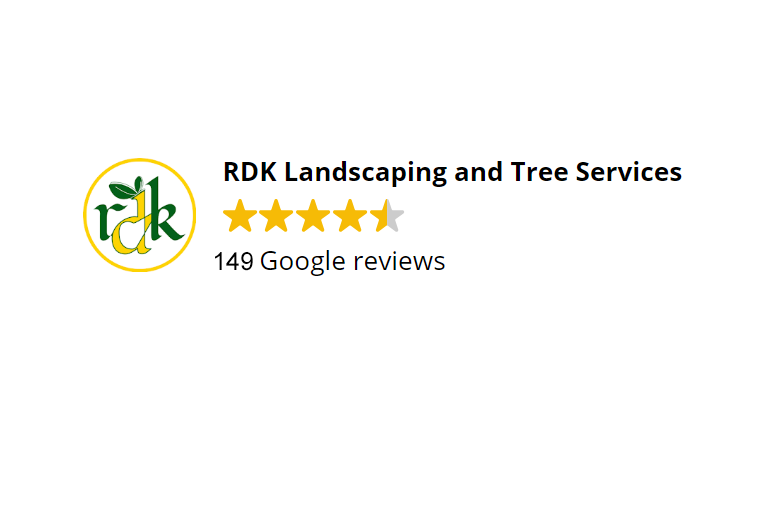
If you have branches hanging over your home, sidewalk or driveway, you may want to consider pruning, removing or installing cables before they fail under the stress of winter weather. If a limb is dead, dying, diseased, or unsafe, it is best to remove it.
Are you generally preparing your home for the cold winter, such as installing air conditioning or covering your patio furniture with a tarp? It seems like most people are making some preparations for the start of winter. Every homeowner has some type of property outside their home that needs to be protected from harsh winter weather. Trees and shrubs are also assets to your outdoor living space. When the weather is nice, you can enjoy a barbecue on the terrace. Trees provide shade during the bright, sunny days of summer. Fortunately, all you have to do to prepare your trees and other plants for winter is much simpler than dismantling patio furniture or dragging a tarp to cover them.
- – Make a plan to cut or remove them.
- – It is more convenient to prune trees in winter because they are dormant.
- – Inspect trees and shrubs before snow and ice accumulate.
- – Perform a visual inspection on the ground.
- Look for cracks, splits and contained branches. Are there any wires sticking out of your house or limbs? So, does snow and ice buildup make your limbs more prone to sagging or breaking?
- – What does the ground look like around the base of the tree?
- Are there any visible surface roots? Or is there a slight berm/ridge around the base of the tree that could be evidence that the tree has been uprooted?
Mulching, watering, fertilizing
Do not forget that trees and shrubs need water, especially in winter. Evergreens need water in the winter, especially newly planted plants and deciduous trees. It is recommended to thoroughly soak the area around the roots once every 2-3 weeks, especially if there is no rain or snow. Deciduous plants typically need less water because they shed their leaves in the winter. However, if there is no moisture in the ground, the tree can dry out and burn during the warm days of winter. Applying mulch can reduce water evaporation by 30%-40% and soil erosion by up to 90%.
Apply 2 to 4 inches of mulch throughout landscape beds and rings.
Before fertilizing your trees and shrubs, it is best to know what you are fertilizing and why you are fertilizing it. How did your trees and shrubs look last growing season? All plants need the nutrients that fertilizer provides, but providing more nutrients than is readily available can be detrimental to their health and growth cycle. The best advice we can give is to look for an organic, slow-release, low-salt fertilizer that will replenish nutrients lost from your plants last year, promote continued health, and improve the overall vigor, size, and color of your plants.
If you need any landscaping needs, we got you covered.
Call us at this number +1 (716)-710-0390.




